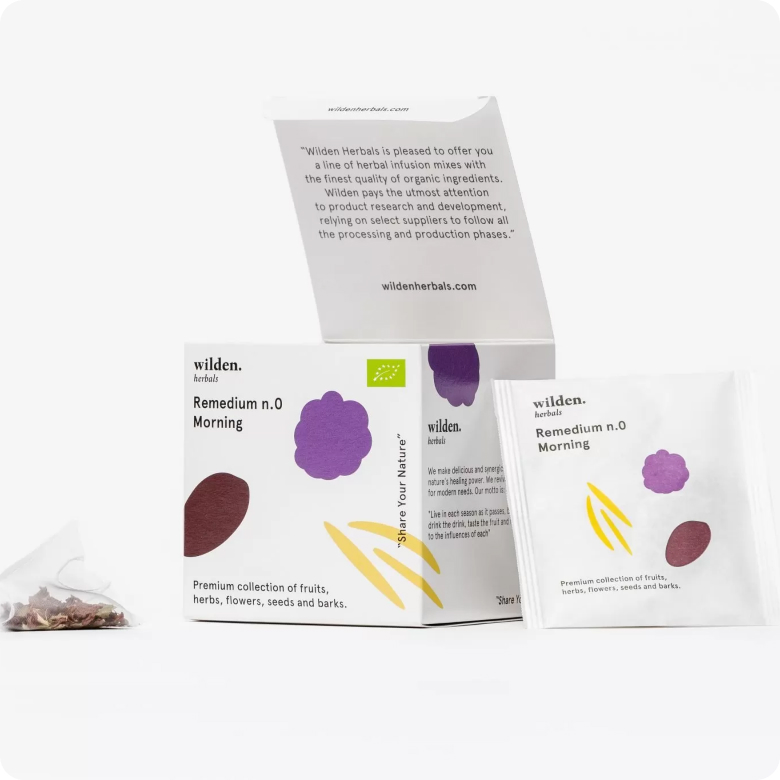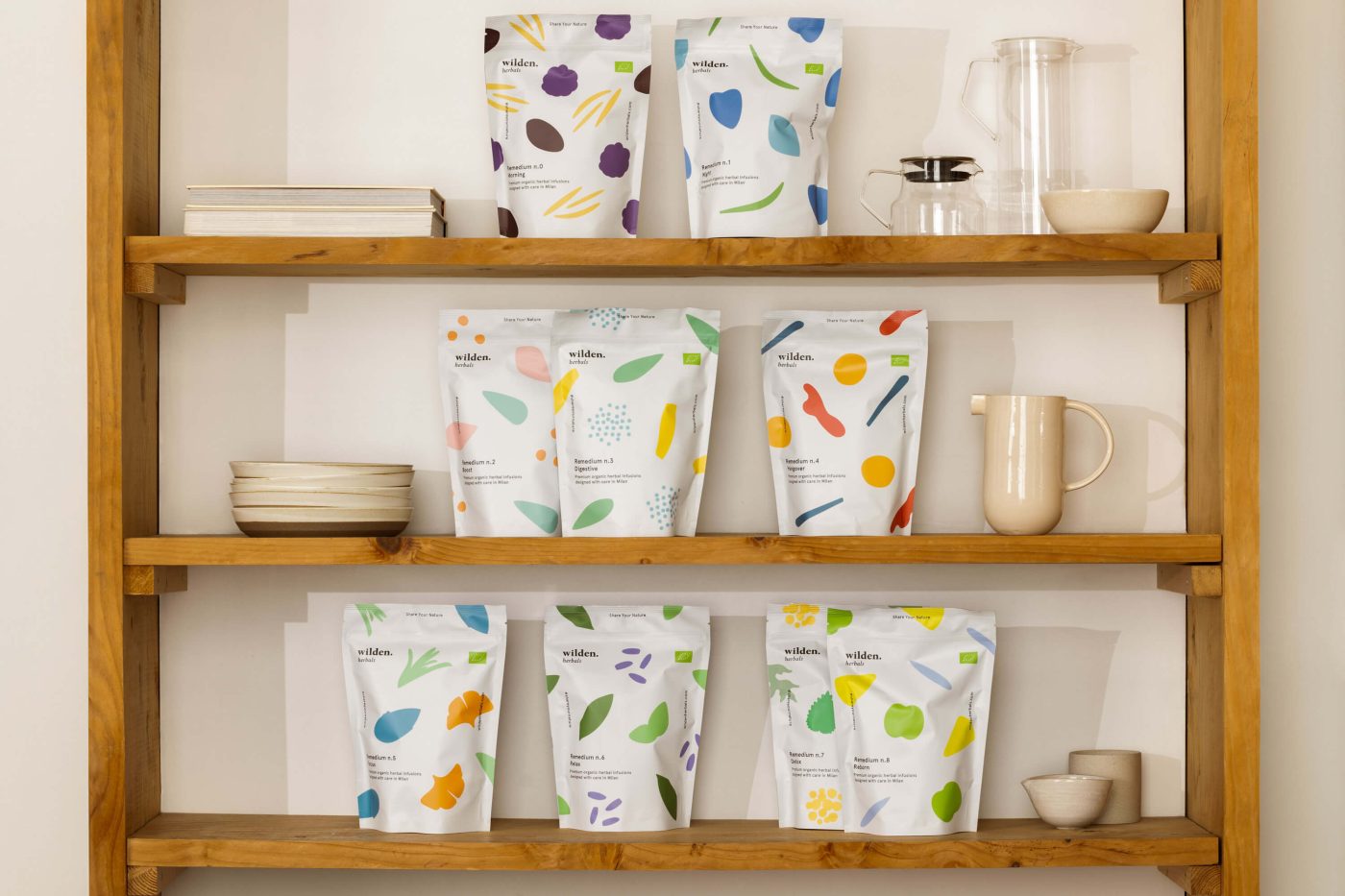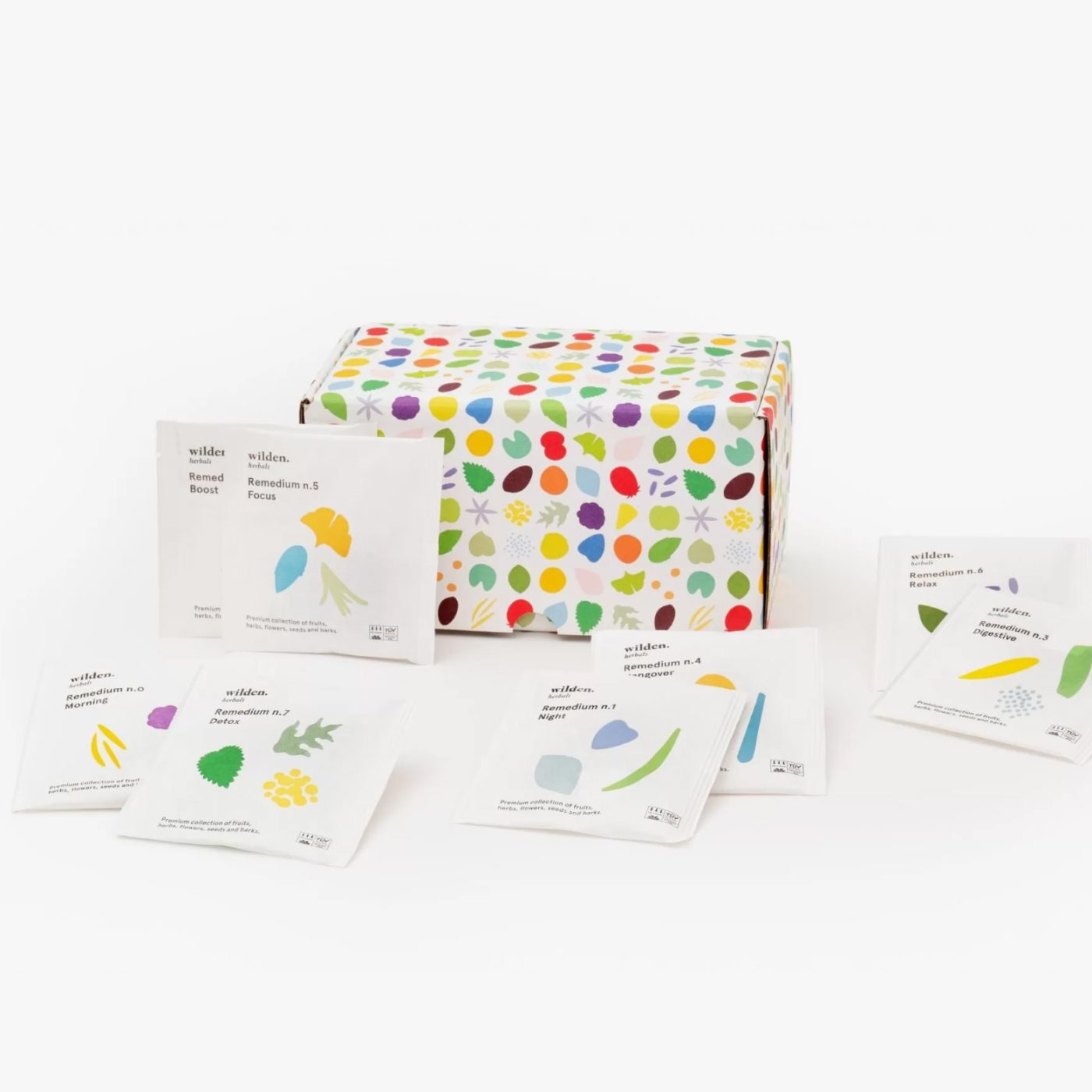Trekking, water bottle and herbal teas: a wild tale from the Sentiero del Viandante
A 3-day walk on the eastern shore of Lake Como spent in the company of Wilden herbal teas
The Sentiero del Viandante is a path between 40 and 50 km that runs along the eastern perimeter of Lake Como, that bank of the Lecco branch that unites some of the most beautiful Larian villages: Mandello sul Lario, Lierna, Dervio, Varenna up to Colico. The path, which has now become a great classic of trekking in Northern Italy, winds through ancient mule tracks, paths in the woods, villages where time has stopped and breathtaking views of the mountains and, of course, the lake, the absolute protagonist of this adventure.
Here we read about it from two Wilden collaborators who have experienced it firsthand and who define it, in full wild style, an embrace of slowness, nature and its infinite symbols.

Water bottle, backpack and more: what to bring on a 3-day trek
There are many ways to experience the Sentiero del Viandante: the first choice, for example, is the subdivision into stages. For us a 3-day breakdown proved to be optimal: from Lecco to Lierna, then again from Lierna to Bellano and lastly Bellano-Colico, for a daily average of 16-17 km per day and a route practically within everyone’s reach.
As for orientation, our advice is to leave the maps at home (if you can, do not print anything) and to rely on apps for calculating hiking and trekking routes and paths, even more so if they allow you to download the maps offline. During the Sentiero del Viandante you never risk being left without a signal but removing the data from your smartphone is a liberating action, which effectively sanctions the commitment you make with nature: embrace it with your own eyes, not behind one screen.
Then let’s talk about the preparation of the equipment: if you decide to lean on the many hospitality structures along the way, just bring a backpack with a capacity of 25-30 liters, enough for 3 days in the spring with 15-20 degrees on average and to accommodate a minimum of clothing, a basic first aid kit and daily food.
Knowing where water sources are located (several along the way) and the choice of a water bottle, in our case a 500 ml Kinto, is very important. Kinto is a Japanese brand particularly attentive to conscious and dynamic lifestyles and its water bottles combine functionality and resistance – as well as being ideal for preserving the temperature and aromas of Wilden herbal teas!


Herbal teas and trekking: a winning combo
Natura chiama natura: noi ne siamo talmente convinte che abbiamo deciso di portare con noi in questa avventura del Sentiero del Viandante ben 3 tisane Wilden, una per ogni giorno, una più versatile dell’altra: Nature calls nature: we are so convinced of this adage that we have decided to take 3 Wilden herbal teas with us on this adventure, one for each day, one more versatile than the other: Remedium n. 0 – Morning, perfect to recharge in the morning and starting the day on the right foot (quite literally!), Remedium n. 6 – Relax for the long-awaited moment of rest, and Remedium n. 3 – Digestive, with a fresh and sweet taste, excellent for replacing water.
We don’t know if it’s some sort of secret, but we want everyone to know: bringing herbal teas on a trekking or hiking experience is a perfect choice! And extremely easy to prepare: if you want to enjoy it in a hot infusion, just heat your water on a stove (if you are on your own with a tent) or use a kettle if you are staying in a B&B. And if you want something different then let it steep overnight, so while you rest, the herbs begin a slow and richly nuanced infusion that you can enjoy the next day.
This easy and fast ritual will allow you the pleasure of sipping an herbal tea surrounded by nature, step by step, directly from the bottle, without even stopping. Can you imagine the beauty of taking a break in a timeless village, eating blackberries and drinking a fresh Digestive?
Trekking and nature: the symbolic meaning of a journey
A trekking is is a journey inside and outside of oneself. An extremely natural journey that allows you to admire different panoramas and explore an inner landscape, your own; a way of knowing your body and, simply, of feeling free and existing. Let yourself be amazed by the sight of olive trees growing beside the trail or by recognizing plants like gingko biloba, laurels and cypresses, magnolias and palms; listen to the call of a kite in the sky; follow a stream or simply catch your breath and look up at the calmness of the lake.
By the end of the Sentiero del Viandante we started reading a book that illuminated this experience with meaning: it is entitled Troverai più nei boschi by Francesco Boer, explorer, alchemist and writer.
“Nature speaks to us through symbols. A meadow, a forest, a river: these are not only external places, but spaces of the soul. The true essence of the symbol is in the relationship that makes our heart and the outside world vibrate at the same time. Only in this way, with this empathy, can we open a relationship with nature”.


The relationship we establish with nature – and the meaning of the journey – take on the connotations of the symbol: humanizing the elements (meadow, forest, river, lake), we receive the cosmic reflection of nature and we become part of a universe that, without the precious symbolic language, it would seem to us closed, secret, extremely intimate and inaccessible.
These are words that Boer dedicate to the concept of journey and walking that deeply touched us:
“Every journey begins with the first step. After all, walking is also a symbol. A pilgrim’s journey reflects his entire life. Leaving is being born, arriving is not dying, but reaching the satisfaction of having traveled a path worthy of the name “.







